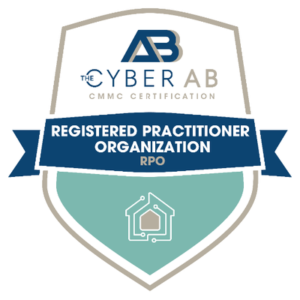Cybersecurity resilience has become a top priority according to Cisco’s latest annual Security Outcomes Report, with a staggering 96% of executives citing it as highly important. Nearly two-thirds of organizations suffered a security event that resulted in adverse impacts, such as communications outages, supply chain disruption or reputational harm.
The report identified seven success factors determining an organization’s ability to prevent, mitigate and recover from cyberattacks. Among these, executive support, a robust security culture, advanced extended detection and response (XDR) capabilities and a zero trust architecture were found to be most critical.
Executive Support
Executive support for cybersecurity operations is closely correlated to organizational resilience. The key is bridging the gap between business and security by improving communication, tracking outcome-driven metrics and aligning priorities. Cisco’s report found that security programs that are closely linked to overarching business objectives have enhanced levels of both executive support and security resilience.
Security Culture
Security awareness among an organization’s people is another major factor impacting resiliency. According to Verizon’s 2022 Data Breach Investigations Report, 82% of security breaches involve a human element. Organizations with a strong security culture treat their employees as their first line of defense rather than a liability. Clear communication of security policies throughout the organization, supported by robust, metrics-driven security training, are hallmarks of a security resilient workforce.
Advanced Extended Detection and Response
XDR goes beyond traditional endpoint detection and response (EDR), which typically monitors individual endpoints, by gathering and correlating data from myriad sources, including email, cloud applications and other security tools. Organizations that implement advanced XDR solutions, leveraging cyber threat intelligence and automation, showed drastically improved resiliency outcomes compared to those utilizing only EDR or lacking either solution.
Zero Trust
Organizations that take steps to implement a zero trust architecture are also reaping resiliency benefits. According to Cisco’s report, even the basic step of verifying users and devices using multi-factor authentication resulted in significantly improved outcomes. Adding other zero trust components, such as continuous validation and microsegmentation of workloads, led to further resiliency gains.
Looking to improve your organization’s security resiliency? MBL Technologies can help. We offer a wide array of cybersecurity services to help you identify weaknesses in your security posture and implement cost-effective, targeted solutions. Contact us today to get started.




